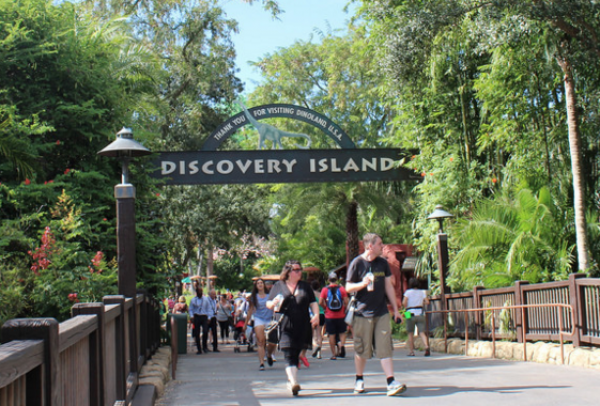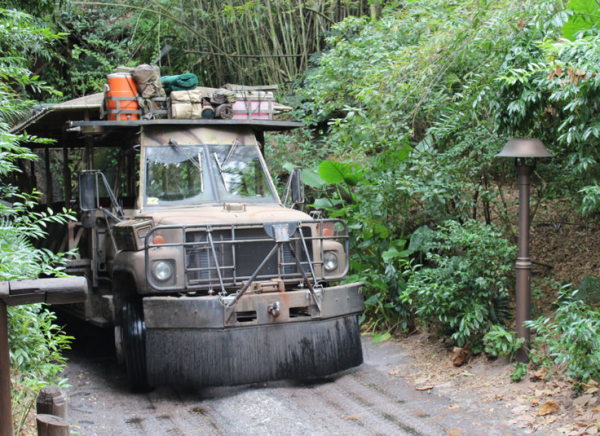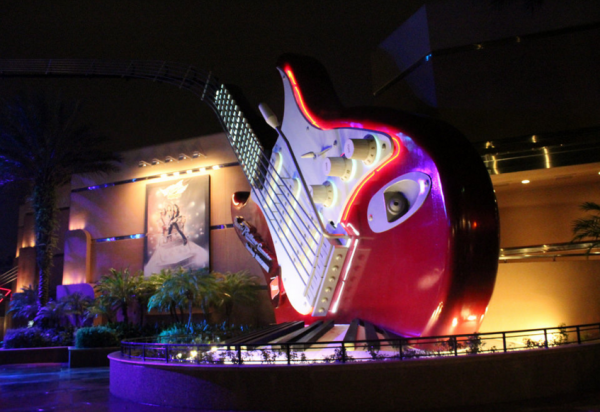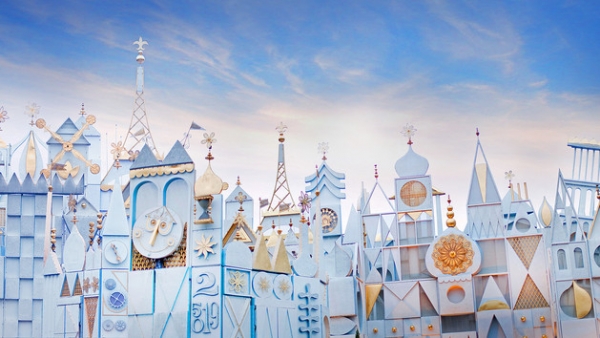The first FastPass options
At first, each guest could hold only one FastPass at a time, a rule that Disney relaxed afterward. The system operated through an incremental return time process. After a defined number of FastPass requests, the return window advanced five minutes. So, ride returns began at the park’s opening and then escalated an additional five minutes until park close. Convenient signs located above the attractions indicated the standard line wait-time as opposed to the current window for FastPass return time. By quickly eyeballing this information, guests could form an opinion about which way fit their plans.
Unlike later years, few rides “sold out” in the early days since people were unfamiliar with the system. The most frequent complaint involved the disruption of plans. Animal Kingdom in particular was always tricky to navigate, so the idea of having to return to the designated attraction at a set time later in the day proved chaotic to some guests.
Despite the occasional criticism, FastPass testing largely received glowing reviews from customers. They loved the idea of basically walking to the front of the line at a later time rather than standing in line right then. There was also a freshness to the idea of something new at a theme park that excited people. Finally and most importantly, FastPass offered the most imperative feature for theme park tourists: it was free. Other, later parks were not as generous.
During its trial run, FastPass kiosks were located at three attractions: Kali River Rapids, Kilimanjaro Safaris, and Countdown to Extinction, which is now known as Dinosaur. Imagineers chose these three options for the trial run for a combination of factors. There was no existing FastPass queue during the inaugural period at Animal Kingdom, and so Disney wanted to test their skip-the-regular-line idea in areas where they could easily divide riders into different segments. They also wanted to perform the trial on popular rides to see how much a FastPass would curtail the customer’s wait-time. Finally, they wanted their new kiosks placed at different areas across their most expansive park to study user behavior. Needless to say, testing proved wildly successful, and Disney was ready to advance the concept into other parks.
Lucky thirteen
After a few brief tests at Space Mountain, employees provided a full day of trials on July 29, 1999, a process they repeated through August 1st. A few days later on August 5th, the company went all-in on the concept. They announced that their huge new ride at Disney-MGM Studios, Rock 'N' Roller Coaster Starring Aerosmith, would include a continual FastPass queue, something they had tested even before the ride debuted on July 29th. As such, the birth of FastPass coincides with the start of Rock ‘N’ Roller Coaster.
By the end of 1999, 13 Walt Disney World attractions featured FastPass lines. Magic Kingdom’s rides were Space Mountain, Splash Mountain, Jungle Cruise, and Many Adventures of Winnie the Pooh. Epcot, which never had many attractions with large lines during the 1990s, chose Test Track and Honey, I Shrunk the Audience. Joining Rock ‘N’ Roller Coaster at Disney-MGM Studios were Star Tours, Voyage of the Little Mermaid, and The Twilight Zone Tower of Terror. Animal Kingdom didn’t introduce any additional FastPass offerings beyond the initial three.
FastPass goes West (then East)
Image: Disney
With Walt Disney World fans delighting in the FastPass experience, Disneyland quickly received its own rollout of the burgeoning technology. Their line-reservation system began its trial phase at the same time that Orlando’s became permanent. On August 1, 1999, Space Mountain in Anaheim featured another four-day test period. Unlike at Walt Disney World, there was a delay between the experimental phase and the actual implementation of FastPass.
On November 19, 1999, Disneyland officially welcomed the FastPass queue system. They set up a series of Priority Pass entrances for It’s a Small World, which received an annual spike in traffic each holiday season. The company considers this ride, not Space Mountain, the first to employ FastPass. Both of them were operational by the end of November, but It’s a Small World issued the first FastPass that wasn’t part of the test period. Five days later on November 24th, Space Mountain officially added the FastPass service. During December of 1999, Splash Mountain and then Roger Rabbit’s Car Toon Spin became participants.
The rollout of FastPass at Disneyland was an unqualified success. Disney confidently added kiosks at Disneyland Paris and Tokyo Disneyland within months. By the summer of 2000, all of its parks ran FastPass smoothly. In less than a year, Disney fundamentally altered theme park behavior in a way that persists today. In 1999, they were the only company offering secondary line queues. Virtually every major theme park entity provides it today, although most Disney competitors refuse to offer their versions of FastPass for free.





Comments
Nice history of the Fastpass system. However, you keep referring to Walt Disney World as the "Happiest Place on Earth." That phrase actually refers to Disneyland in California, which still employs paper Fastpasses. Disney World is referred to as the "Most Magical Place on Earth" and employs MyMagic+.